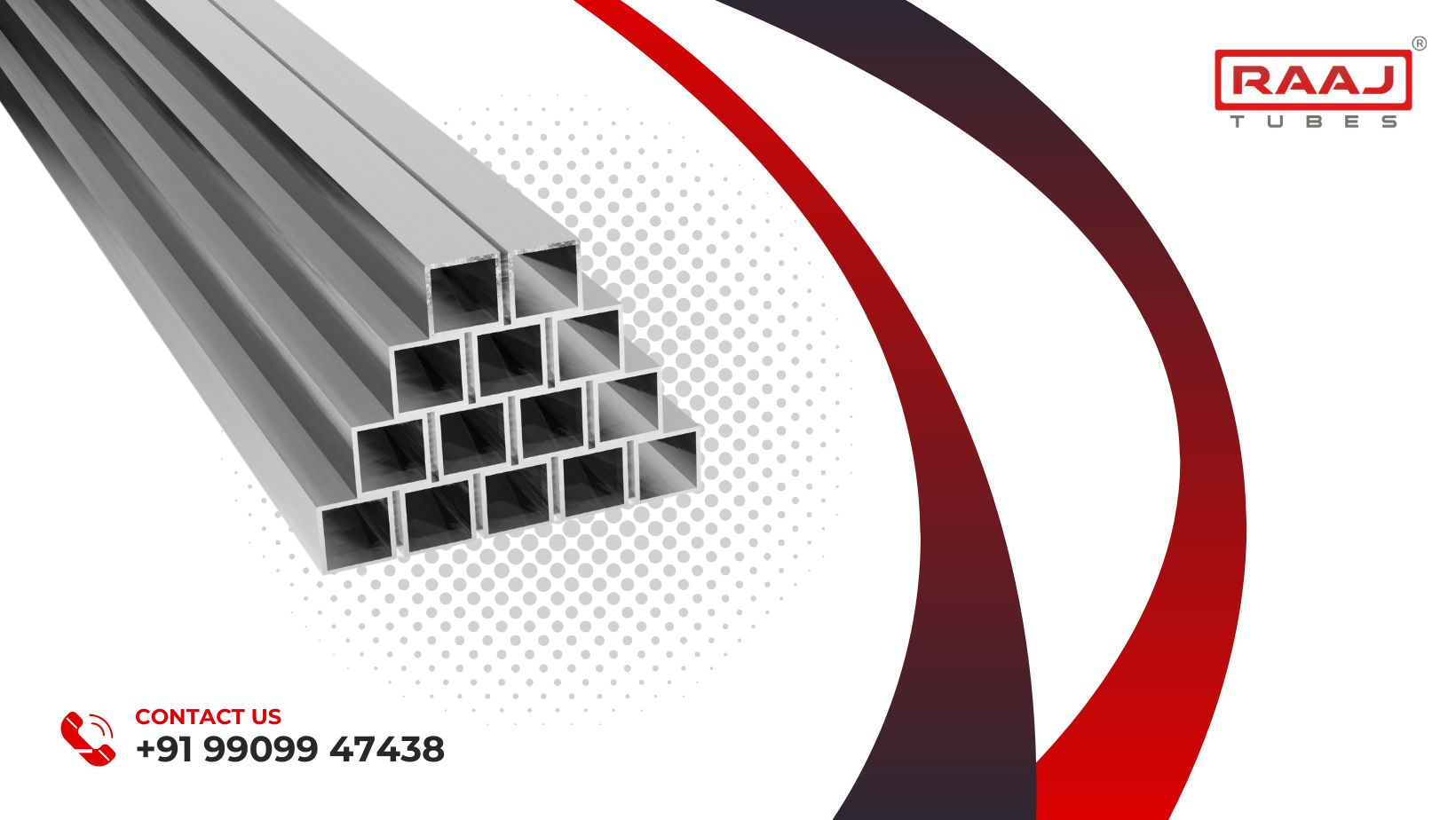Stainless steel square tubes are essential components in various industries, thanks to their unique properties and versatile applications. From construction to automotive, these tubes play a crucial role in providing strength, durability, and aesthetic appeal to structures of all kinds.
Introduction to Stainless Steel Square Tubes
These square sections are hollow structures made from stainless steel, a corrosion-resistant alloy known for its durability and versatility. These tubes find extensive use in industries such as construction, architecture, automotive, and furniture manufacturing.
Properties of Stainless Steel Square Tubes
- Strength and durability: Steel tubes are known for their high strength-to-weight ratio, making them suitable for supporting heavy loads and withstanding harsh environmental conditions.
- Corrosion resistance: Stainless steel is inherently resistant to corrosion, rust, and staining, ensuring long-term performance in outdoor and corrosive environments.
- Aesthetic appeal: With their sleek and modern appearance, square hollow sections enhance the visual appeal of structures and architectural designs.
Manufacturing Process
Square tubes are manufactured through various processes, including hot rolling, cold rolling, and welding methods. These processes ensure precise dimensions, tolerances, and surface finishes, meeting the requirements of different applications.
Applications of Stainless Steel Square Tubes
- Construction: Used for building frames, columns, beams, and other structural components in residential, commercial, and industrial buildings.
- Architecture: Utilized in architectural designs for railings, facades, canopies, and decorative elements due to their aesthetic appeal and durability.
- Automotive: Used in automotive chassis, exhaust systems, roll cages, and other structural components for their lightweight yet robust properties.
- Furniture: Employed in furniture manufacturing for frames, legs, and support structures, offering durability and modern aesthetics.
Advantages
- Durability: Resistant to corrosion, rust, and degradation, ensuring long-term performance and minimal maintenance.
- Versatility: Available in various sizes, thicknesses, and finishes to suit different applications and design requirements.
- Sustainability: Made from recyclable materials and contributing to green building initiatives by reducing carbon footprint.
Maintenance Tips
- Cleaning and upkeep: Regularly clean the surfaces using mild detergent and water to remove dirt, dust, and grime.
- Corrosion prevention: Apply protective coatings or inhibitors to minimize the risk of corrosion and extend their lifespan.
Comparison with Other Materials
- Vs. aluminum: Steel offers superior strength and durability compared to aluminum, making them suitable for structural applications.
- Vs. wood: Steel tubes are non-combustible and resistant to rot and decay, offering a longer lifespan compared to wood.
Environmental Impact
Steel tubes have a minimal environmental impact due to their recyclability and energy efficiency. By using stainless steel square tubes in construction and manufacturing, businesses can reduce their carbon footprint and contribute to sustainability efforts.
Future Trends
- Innovations in manufacturing: Advancements in fabrication techniques and materials are improving the efficiency and cost-effectiveness of stainless steel square tube production.
- Emerging applications: Steel tubes are finding new applications in emerging industries such as renewable energy, aerospace, and advanced manufacturing.
Conclusion
Steel tubes are versatile, durable, and sustainable structural components widely used in various industries. With their exceptional properties and applications, stainless steel square tubes are set to continue shaping the future of construction, architecture, automotive, and furniture manufacturing.
